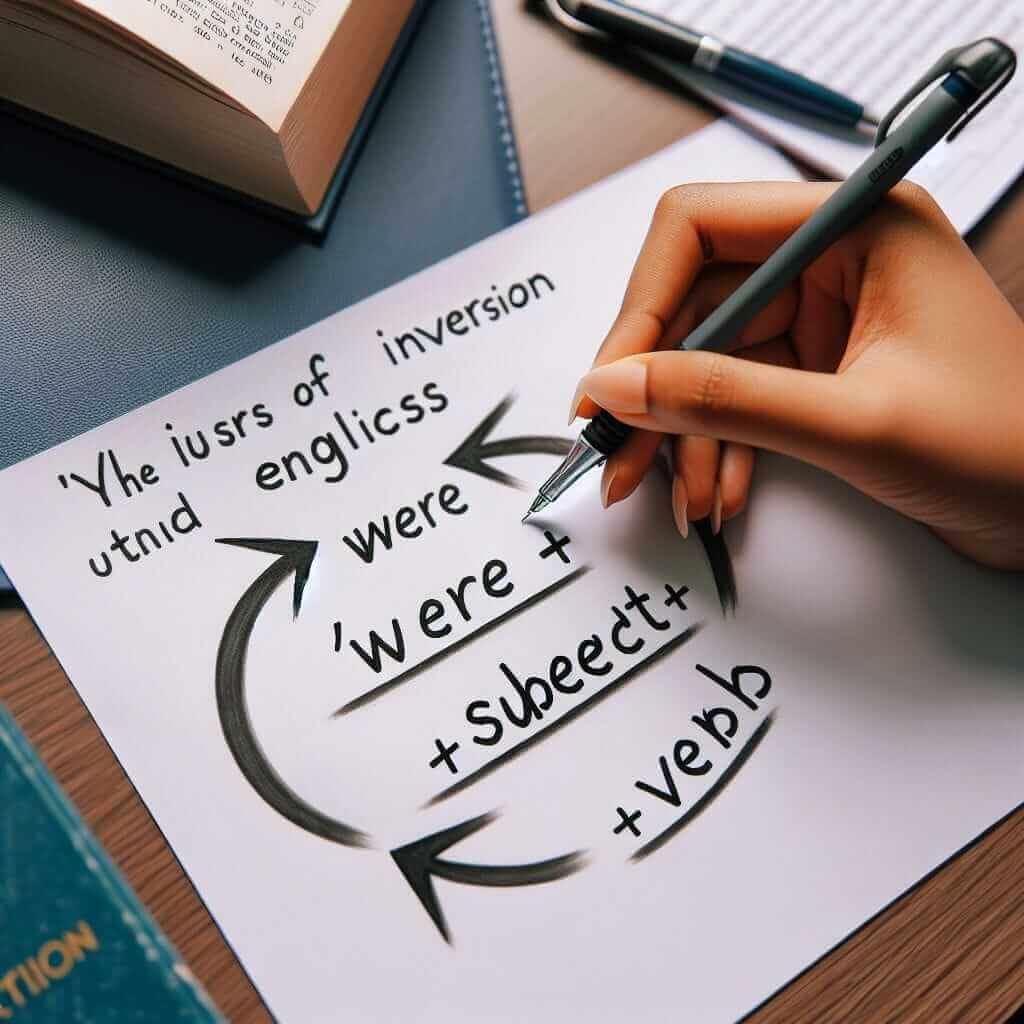“Were it acceptable, I would propose it” – this structure, while seemingly complex, can add a touch of sophistication and formality to your IELTS writing. While not as frequent as other grammatical structures, its correct usage can demonstrate a strong command of English grammar, potentially boosting your band score. Let’s dissect this structure and explore its applications in various sections of the IELTS exam.
Deconstructing the Structure: Meaning and Usage
The phrase “Were it acceptable, I would propose it” utilizes a grammatical structure known as inversion in conditional clauses, specifically in hypothetical conditional sentences. This inversion eliminates the need for “if” and creates a more formal and literary tone.
Here are a few examples of how this structure can be used in different contexts:
- Speaking Part 3 (Hypothetical discussion): “Were it not for the high costs involved, space travel would undoubtedly become more accessible to the public.” (This expresses the speaker’s belief that cost is a significant barrier to widespread space travel.)
- Writing Task 2 (Presenting a contrasting viewpoint): “Were the government to invest more heavily in renewable energy sources, fossil fuel dependency could be significantly reduced.” (This presents a hypothetical situation and its potential outcome.)
Breaking Down the Structure
- “Were it acceptable…”: This is the conditional clause, expressing a hypothetical situation. The inversion of “were” and “it” replaces “If it were acceptable…”.
- “…I would propose it”: This is the main clause, stating the action that would be taken if the condition in the conditional clause were true.
Mastering the Formula for IELTS Success
Structure:
Were + Subject + (to) + Verb (base form)… , Subject + would/could/might + Verb (base form) + …
Explanation:
- This structure is used for hypothetical conditional sentences, implying that the situation in the conditional clause is unlikely or imaginary.
- The use of inversion creates a more formal and literary tone, suitable for Writing Task 2 and potentially Speaking Part 3.
Applications in IELTS
-
Writing Task 2: This structure can be particularly effective when presenting a contrasting viewpoint or exploring a hypothetical scenario to strengthen your argument.
- Example: “Were the benefits of globalization more evenly distributed, perhaps there would be less resistance to international trade agreements.”
-
Speaking Part 3: While less common in casual conversation, this structure can be used to showcase your grammatical range when discussing hypothetical situations.
- Example: “Were it possible to predict earthquakes accurately, countless lives could be saved.”
Illustrative Examples for IELTS Writing
Example 1 (Writing Task 2 – Opinion Essay):
Topic: Some people believe that the government should invest more in public transportation, while others think private car use should be encouraged. Discuss both views and give your opinion.
Sample sentence: “Were public transportation more affordable and efficient, it stands to reason that fewer individuals would opt to commute by car, thereby reducing traffic congestion and carbon emissions.”
Analysis: This sentence presents a hypothetical situation where public transport is improved, leading to a logical consequence. The inversion adds complexity and formality to the sentence, potentially enhancing your grammar score.
Example 2 (Writing Task 2 – Problem/Solution Essay):
Topic: The increasing use of technology in the workplace has led to a decline in interpersonal skills. What are the causes of this problem, and what solutions can be suggested?
Sample Sentence: “Were companies to implement mandatory training programs focusing on communication and teamwork, the negative impact of technology on interpersonal skills could be mitigated.”
Analysis: This sentence proposes a solution (mandatory training) to address the issue of declining interpersonal skills. The use of inversion strengthens the tone of the suggestion and highlights its potential effectiveness.

Reaching for a Higher Band: Advanced Usage
To further elevate your writing, consider these variations and additions to the structure:
- Adding Modal Verbs: You can use other modal verbs like “could” or “might” in the main clause to express different degrees of certainty.
- Example: “Were the environmental impact fully considered, the construction of this dam might be reconsidered.”
- Using Continuous Verb Forms: To emphasize the ongoing nature of an action or situation, use continuous verb forms.
- Example: “Were the government actively investing in renewable energy, the transition away from fossil fuels would be happening at a much faster pace.”
Common Errors and How to Avoid Them
While this structure can be impressive, incorrect usage can harm your score. Be mindful of these common errors:
- Incorrect Verb Tense: Ensure the verb tenses in both clauses align logically with the intended meaning.
- Incorrect: Were it not for the rain, I will go for a walk. (The present tense “will” should be “would” to match the hypothetical condition.)
- Misplaced Inversion: Inversion only occurs in the conditional clause, not the main clause.
- Incorrect: Were the economy stronger, would be unemployment lower. (The inversion should be “would unemployment be lower.”)
Conclusion
Mastering the “were + subject + to + verb…” structure can significantly enhance the sophistication and impact of your IELTS writing. By understanding its construction, appropriate usage in different essay types, and potential pitfalls, you can confidently incorporate this advanced grammatical tool to boost your chances of achieving a higher band score. Remember to practice implementing this structure in your writing and speaking to solidify your understanding and achieve fluency.